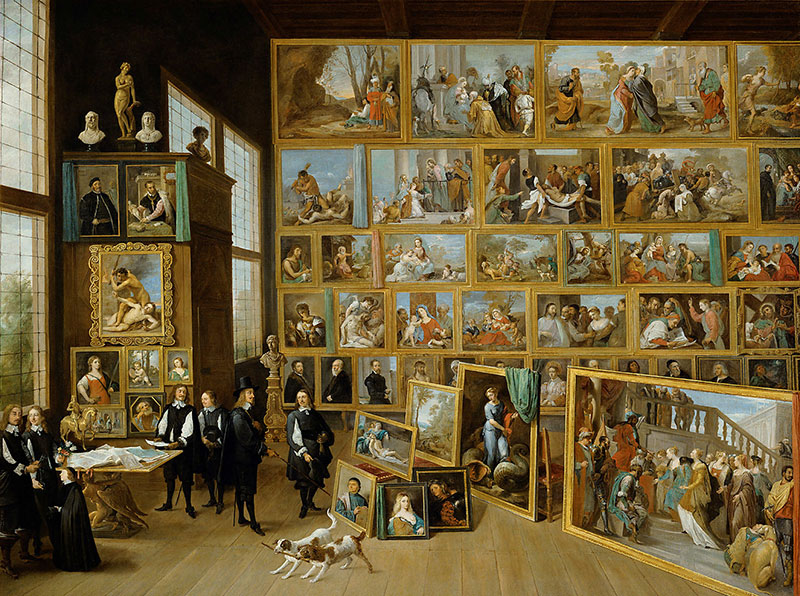Taste

The former imperial collections were assembled neither by objective criteria nor with an aspiration to comprehensiveness. Instead, they reflected—as indeed they continue to do today—the personal taste of the collectors and the political and economic conditions that informed their activities over the course of centuries. When a concept for the new Court Museum was framed in the 1870s, it was held that the collections—even when displayed in a new building—were not chiefly suited to didactic purposes. Were this to be attempted, the result would be “that the first would remain unachieved and the other ruined”. Instructive decorations ought to be dispensed with as well, for the objects could never relate a full history of art. As a consequence, the programme for the Court Museums established that they were “not institutions...to serve elementary art history instruction” or “the exercise of art”. Such a “didactic task” was the charge of the “state whose responsibility this is”. The new court museum was to be “principally a rich and unimpaired source for art research”. Even at that time there existed an awareness that irrespective of the collections’ quality, “only all the world’s museums” would form “the most complete collection possible”, one that would permit scholarship “the maximum attainable”.
Such an elitist approach is outdated today. Nonetheless it is important to be mindful of the original concept for the Court Museum, for it is the origin both of the clear positioning of Kunsthistorisches Museum as a “scholarly institution” and the distinct identities of the various collections that remain pronounced even today.